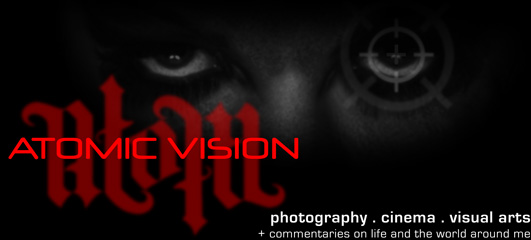One of the biggest stories of the New Year, is Eastman Kodak's recent bankruptcy filing. It made headlines the world over because it symbolizes the end of an era-- the end to the Age of Film Photography. To film users everywhere, it was a death spell. As a fan and Kodak film user, I mourn the good old days when film was the norm and great film stock was available everywhere. I started my exploration of photography on Kodak film when I was a young boy. As a film student in Art Center College, I used to buy my film stock directly from Kodak Hollywood in Santa Monica Blvd. With Kodak forced to recognize its need to reorganize, film stock will soon become scarce (at least Fuji Film is still doing business) and film prices would surely skyrocket. Film photography will become more specialized and rarified.
But this Bankruptcy was not a surprise to anyone, everyone was expecting it to happen sooner or later. The paradigm shift to digital photography has been happening for the last 20 years. Eastman Kodak was just not savvy enough to remain on the forefront of the digital photography technology in the last 10 years, because it was busy concentrating a lot of its resources on mounting an aggressive stance to defend its shrinking core film business.
The first Kodak digital imaging system built in 1975
Very few people know that Kodak built its first prototype all-digital camera in 1975. The camera had a working CCD imager which digitize the captured image on a standard cassette tape. The data was read by a playback device that interpolated the 100 captured lines to 400 lines, then generated a standard NTSC video signal, which can be viewed a television set. In 1986, Kodak came up with the first megapixel sensor. The company released 7 digital imaging products in 1987, capable of recording, storing, manipulating, transmitting and printing electronic still video images. In 1990 it came out with the Photo CD system and proposed "the first standard for defining color in the digital environment of computers and computer peripherals. In 1991, it released the first professional grade digital camera system (DCS) using a Nikon F3 body with a 1.3 megapixel Kodak sensor. The company was in the forefront of the digital photography revolution, decades before companies like Samsung and Casio built their first digital camera. So what happened?











